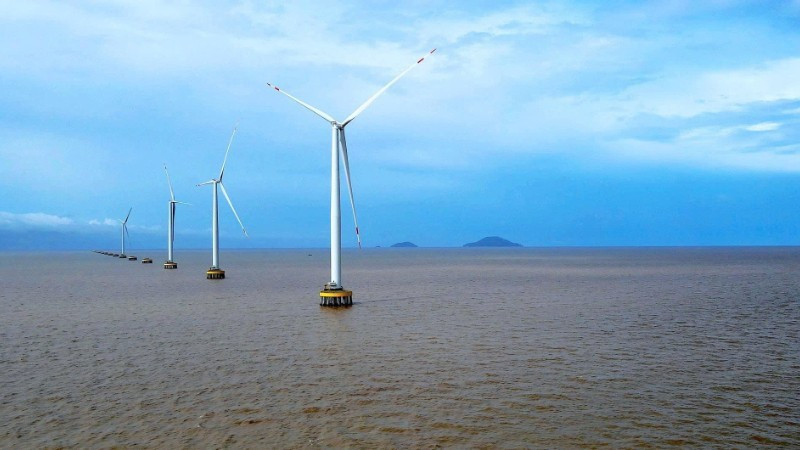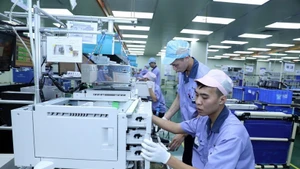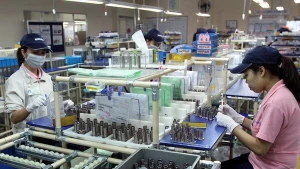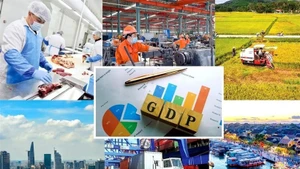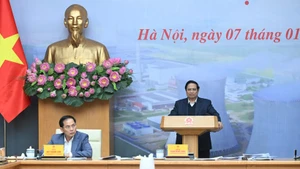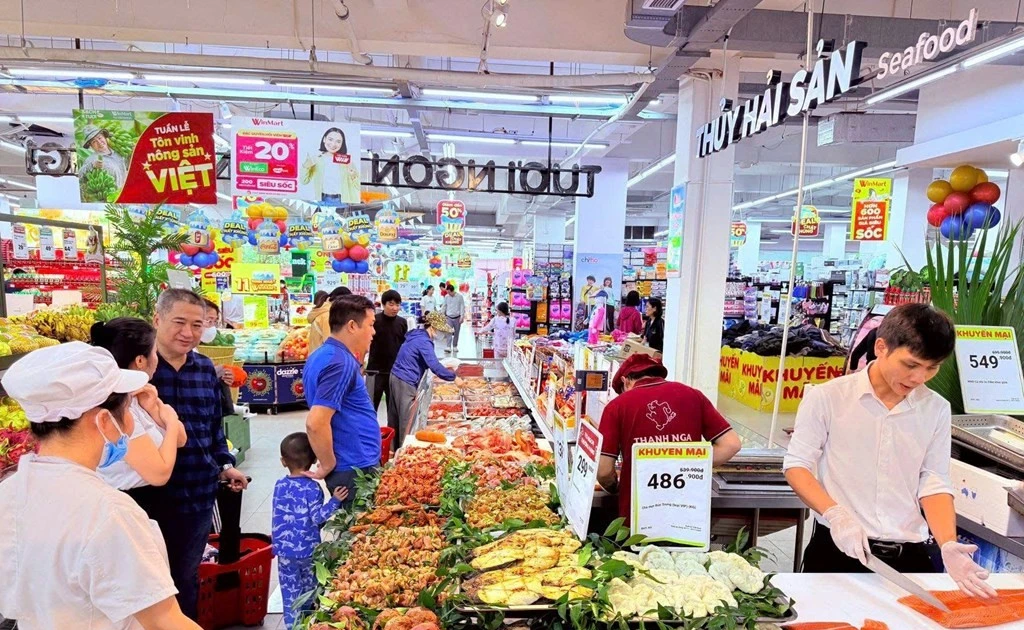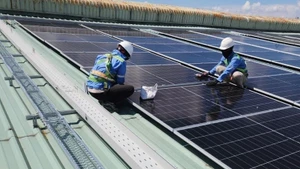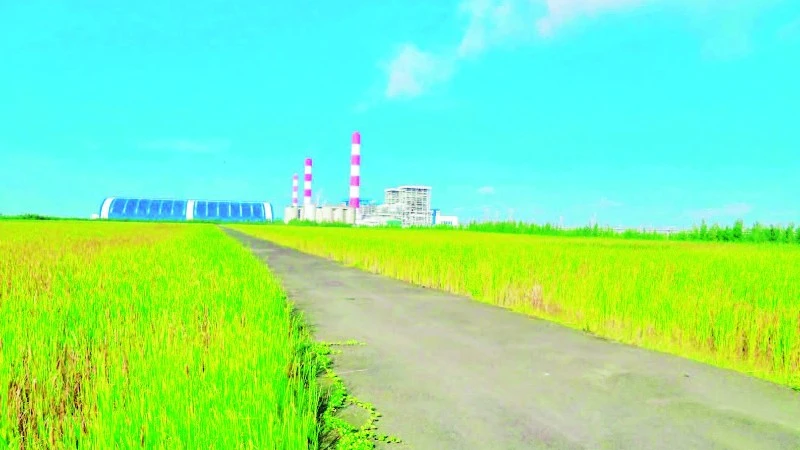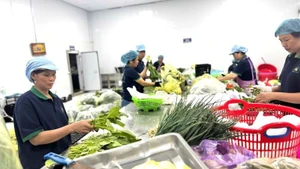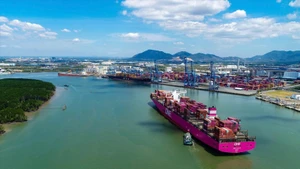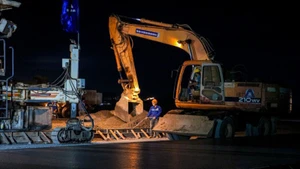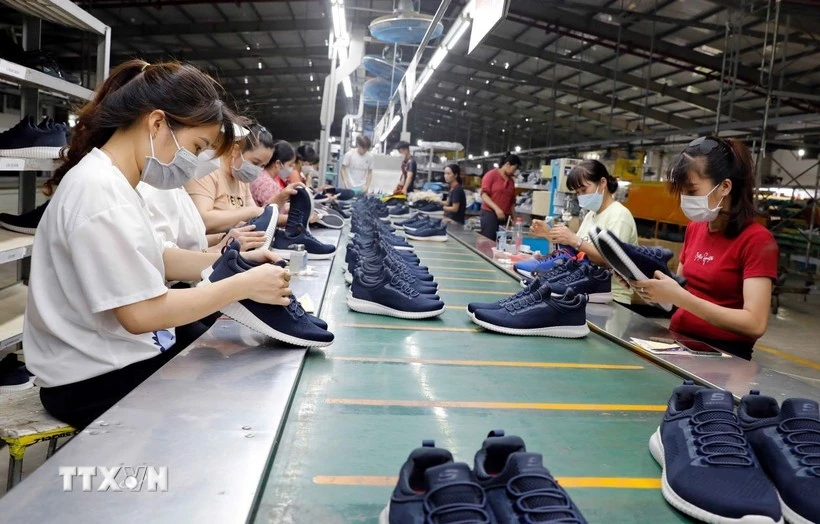As the only province in the country with three sides bordering the sea, Ca Mau was once considered highly vulnerable to climate change. Yet, it is precisely these harsh conditions—blazing sunshine and powerful winds—that the southernmost land of the country is turning into an advantage for green growth and sustainability.
After administrative consolidation, Ca Mau became the province with the second-longest coastline in Viet Nam, stretching over 310km.
Greening growth with “heaven-sent” energy
Its unique geographical position grants Ca Mau a vast potential for wind energy development. Studies and surveys by relevant authorities show that average sea wind speeds at altitudes of 80–100 metres reach 6.3–7 m/s, increasing further offshore. With this technical potential, Ca Mau could develop wind power capacity of more than 16,283MW.
Beyond wind, Ca Mau’s tropical monsoon climate near the equator offers year-round high temperatures and 2,200–2,700 hours of sunlight annually. Solar radiation levels average more than 4.8 kWh/m²/day—ideal conditions for large-scale solar power development. Notably, the province has over 454,000 hectares of aquaculture area, providing vast space to integrate over 11,500MW of solar power without altering land use purposes.
Studies and surveys by relevant authorities show that average sea wind speeds at altitudes of 80–100 metres reach 6.3–7 m/s, increasing further offshore. With this technical potential, Ca Mau could develop wind power capacity of more than 16,283MW.
Leveraging these advantages, Ca Mau has been actively attracting investment in renewable energy. Along its coastal stretch, hundreds of towering wind turbines spin steadily, becoming a new symbol of the province’s development.
As of early September, the province had 16 operational wind power plants with a total capacity of more than 870MW. In addition, over 1,700 customers had installed rooftop solar systems, contributing around 296MWp to the grid.
The story of Bui Kim Luyen, Director of Thao Nguyen Aquatic Seed Production, Trade and Services Co., Ltd. (Dat Moi Commune), still amazes many locals.
Back in 2000, he boldly invested more than 20 billion VND (757,300 USD) to install a solar power system across his 14,000m² production facility. For years, this clean power source has reliably sustained 20 shrimp hatcheries and 5 broodstock farms, supplying about 2 billion shrimp larvae to the market annually.
The benefits far exceeded his expectations. Not only did the system save tens of millions of VND in electricity costs each month, but Luyen’s family also sold excess power back to the grid—about 1,750 kWh per month—earning additional annual income of around 5 billion VND (189,300 USD).
“Initially, I hesitated because of the large investment, but the results did not disappoint,” Luyen shared. “What surprised me even more was that clean energy in production became one factor that helped our shrimp qualify for EU Organic certification for black tiger shrimp and BAP certification for white-leg shrimp, meeting strict export standards and fetching higher prices.”
A strategic vision for long-term transformation
Renewable energy in Ca Mau is not confined to macro-level statistics. It has seeped into production facilities and shrimp farms, gradually shifting farmers’ mindset towards generating double value.
Hidden among mangrove forests, intensive shrimp farms are now covered with rooftop solar panels. These systems both cut electricity costs and provide shade for shrimp during scorching days.
To Quoc Nam, an intensive shrimp farmer in Thanh Tung Commune, noted that profitability largely depends on reducing production costs. “The market dictates selling prices, so farmers must save wherever possible. Electricity is a significant cost—saving here means earning more,” he explained.
“Ca Mau’s geographical location, closest to Singapore and Malaysia among southern provinces, helps optimise transmission costs and opens up huge competitiveness in international markets.”
Director of the Ca Mau Department of Industry and Trade, Nguyen Chi Thien
Sharing the same perspective, Huynh Xuan Dien, Chairman of the Tan Hung High-Yield Shrimp Farming Cooperative (Tan Hung Commune), affirmed that clean production—from water to electricity—raises product value. “Farmers’ profits also contribute to the province’s green growth,” he said.
These early successes in farming have set the stage for Ca Mau to pursue more ambitious goals. According to the National Power Development Plan VIII approved by the Prime Minister, by 2030 Ca Mau will put 35 renewable energy projects into operation, with a total capacity of over 2,360MW, officially becoming the renewable energy hub of the Mekong Delta.
In particular, the Prime Minister has approved a large-scale international project: an electricity export project from Ca Mau, with an expected capacity of 2,000–5,000MW. “This is a long-term move that not only ensures national energy security but also targets export markets,” Thien emphasised.
Alongside wind and solar, Ca Mau is also seizing future energy trends, aiming to produce green hydrogen and ammonia—clean, carbon-free fuels—by utilising abundant renewable electricity that may otherwise be surplus.
At the same time, LNG power projects, seen as crucial transitional solutions, are being accelerated, such as the Bac Lieu LNG Power Plant (3,200MW) and the expansion of Ca Mau 1 and 2 thermal power plants (1,500MW).
However, the biggest challenge to realising these ambitions lies in power transmission infrastructure. The rapid growth of renewable energy projects requires a strong enough grid to absorb capacity.
Thus, the province has requested the Government and central ministries to invest in 500kV, 220kV and 110kV transmission lines, particularly the 500kV Thot Not–Bac Lieu–Ca Mau line. Flexible mechanisms and policies on land planning and grid connection are also urgently needed to attract investment effectively.
According to Ca Mau Provincial People’s Committee Chairman Pham Thanh Ngai, with strong political determination, investors’ attention and unique advantages, Ca Mau now stands before a historic opportunity to transform into Viet Nam’s “green growth hub.” This journey will not only contribute to the country’s commitment of achieving net-zero emissions by 2050, but also build an energy-independent, sustainable and environmentally friendly future at the southernmost tip of the nation.
